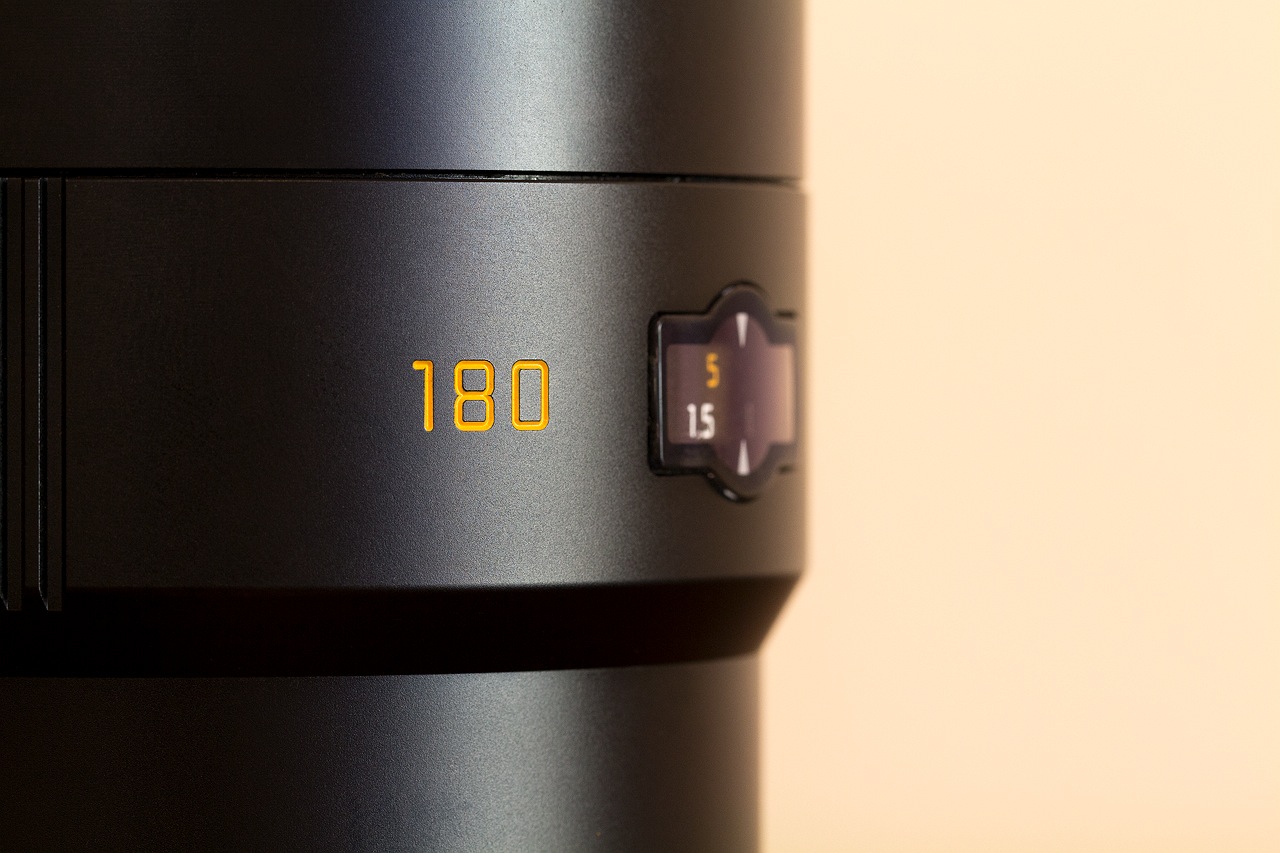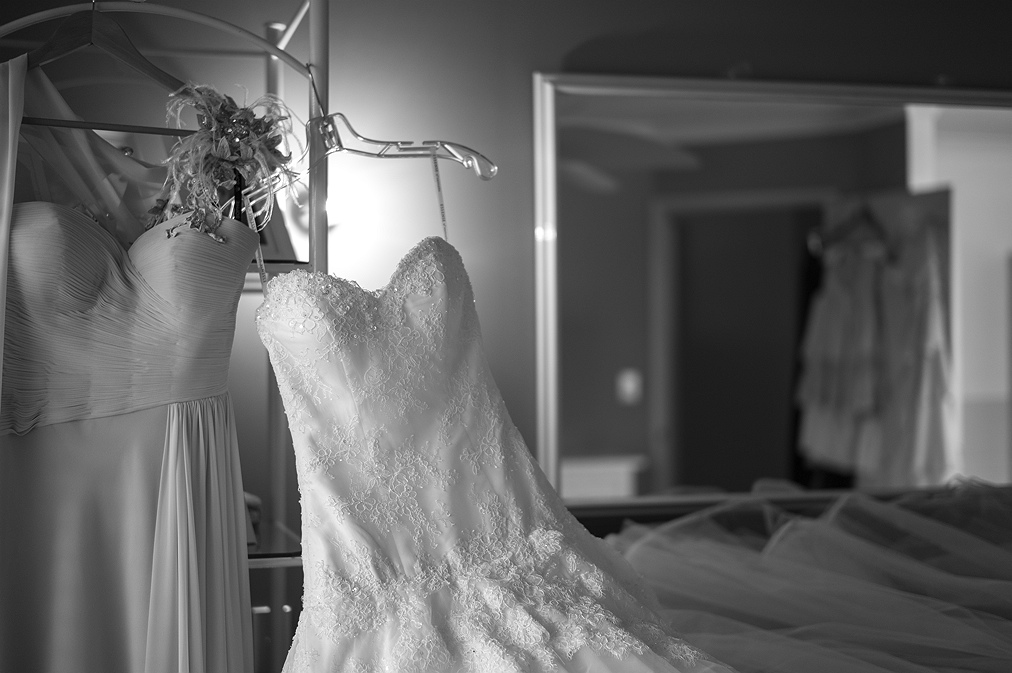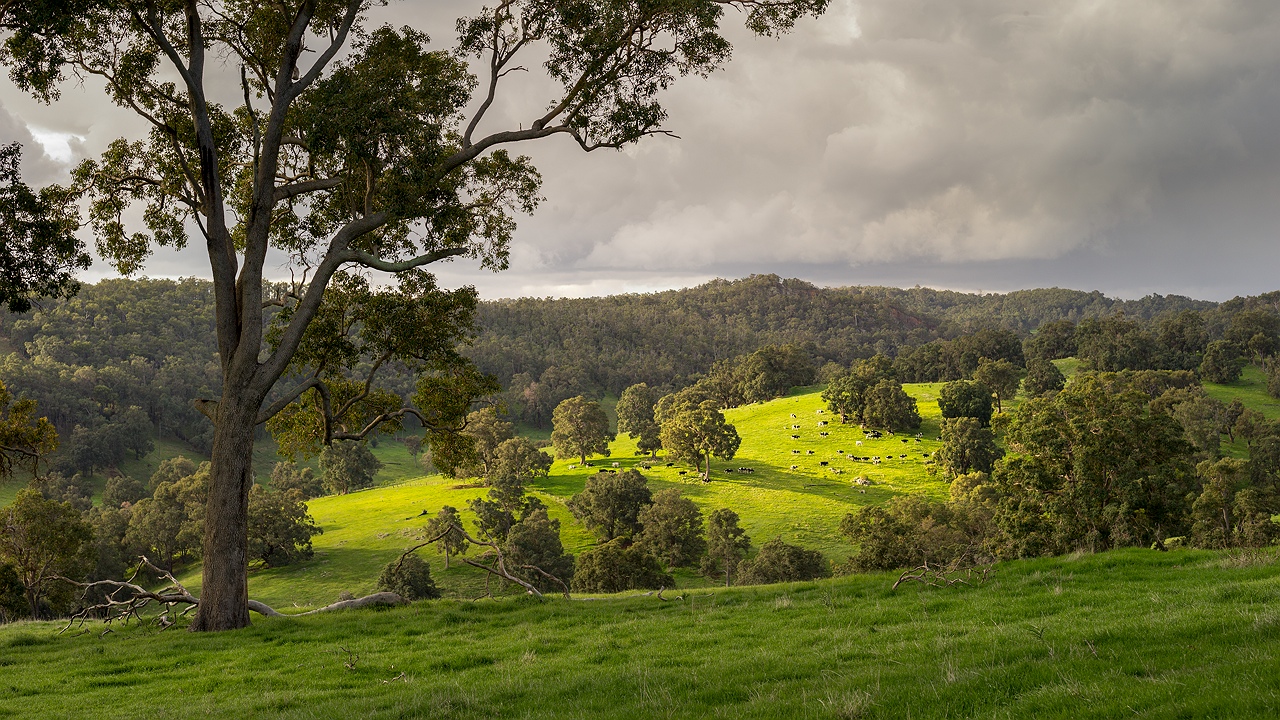
Medium format cameras are historically clunky devices. Leica’s S system takes every strength of the big sensor and amazing Leica lenses and applies to to an SLR mindset. The result is a walk around camera that is just as comfortable to use hand held as it is to use on a tripod. A fleeting moment is easily captured when you don’t need to rely on shifting a tripod into position on unstable ground.
Now it is not to say that you can’t pick up a phase body and go for a walk, but the design is not conductive of a comfortable experience when you choose to do so.

Enough dynamic range to put the HDR process out of business. The Leica S system can be used with a shoot-for-the-highlights approach. As long as you have the highlights exposed correctly, you will find that the DNG raw files will provide all the shadow data needed to pull out an incredible one-shot image.
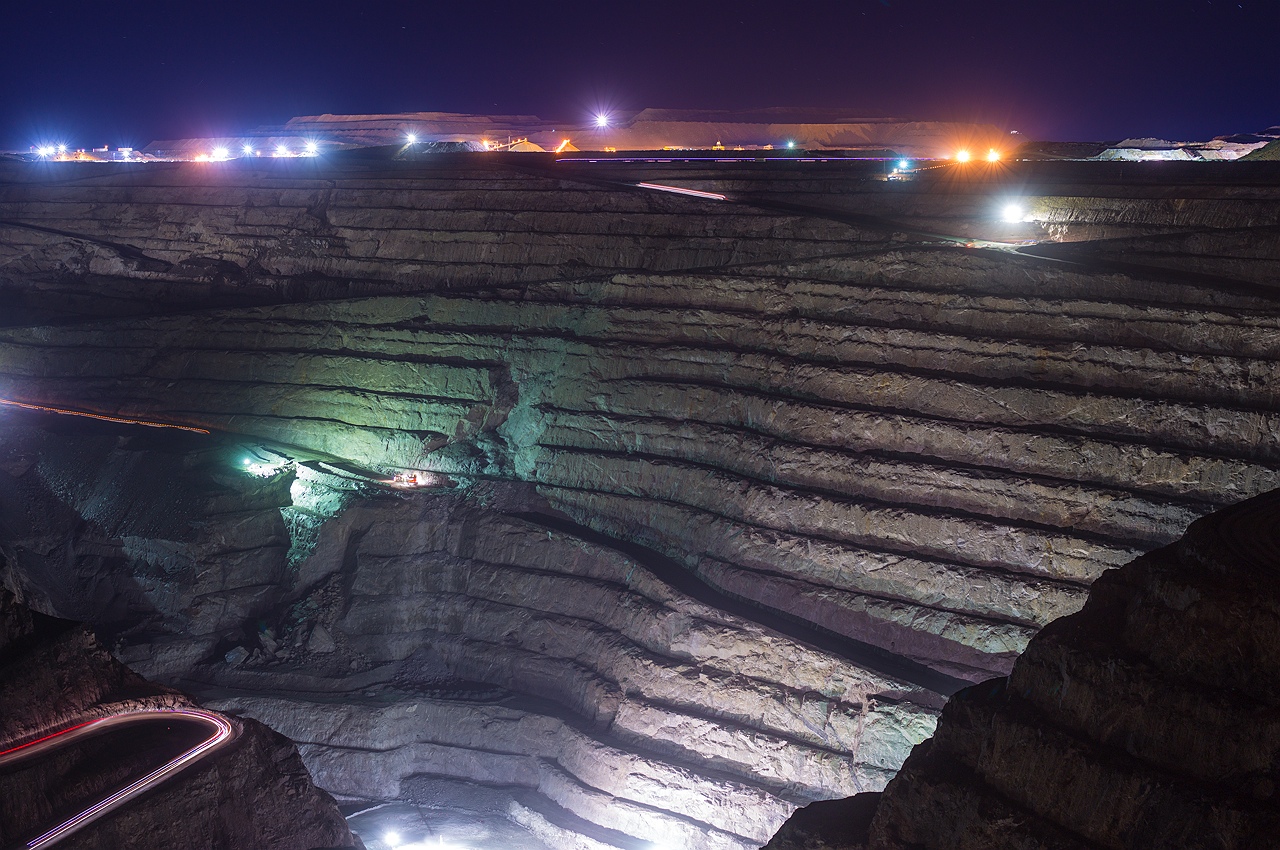
The camera can take timed photos of up to two minutes. The files do not seem to be affected by long exposure noise, possibly due to the dark frame subtraction that you cannot turn off. Incredible detail can be observed across the frame and the burning out from point light sources offer no undesirable image artefacts.
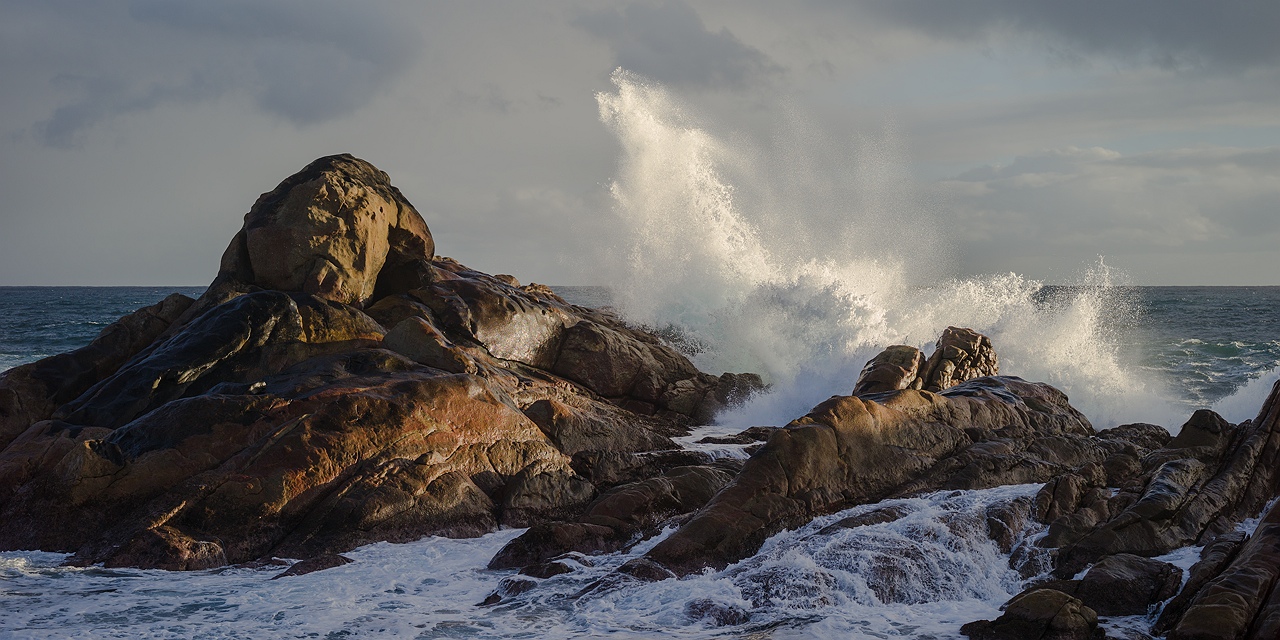
I find it ironic that many 35mm DSLR cameras are listed as having a larger dynamic range than the Leica S2. It may be true, but I am sure that none of them offer as much usable clean details hidden deep within the shadows with perfect utility for anyone willing to abuse the raw files enough to see them.
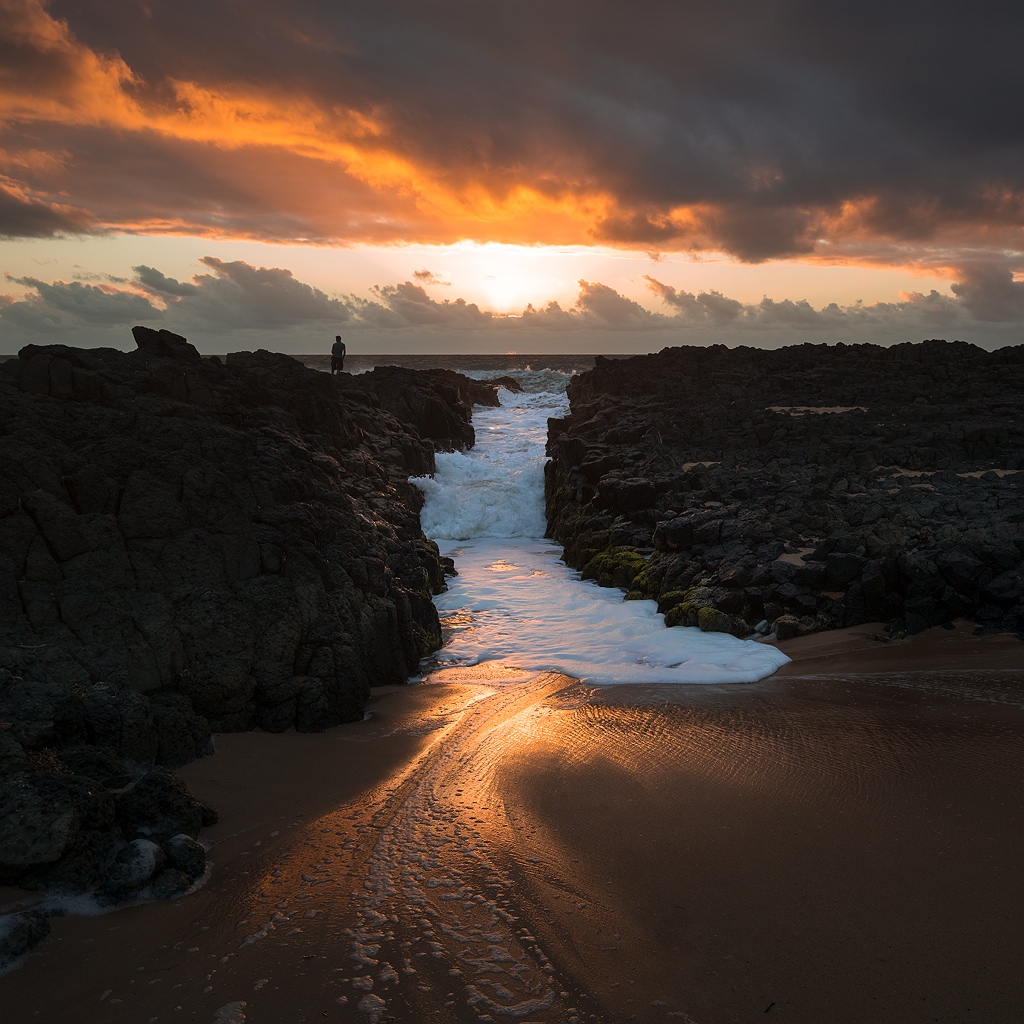
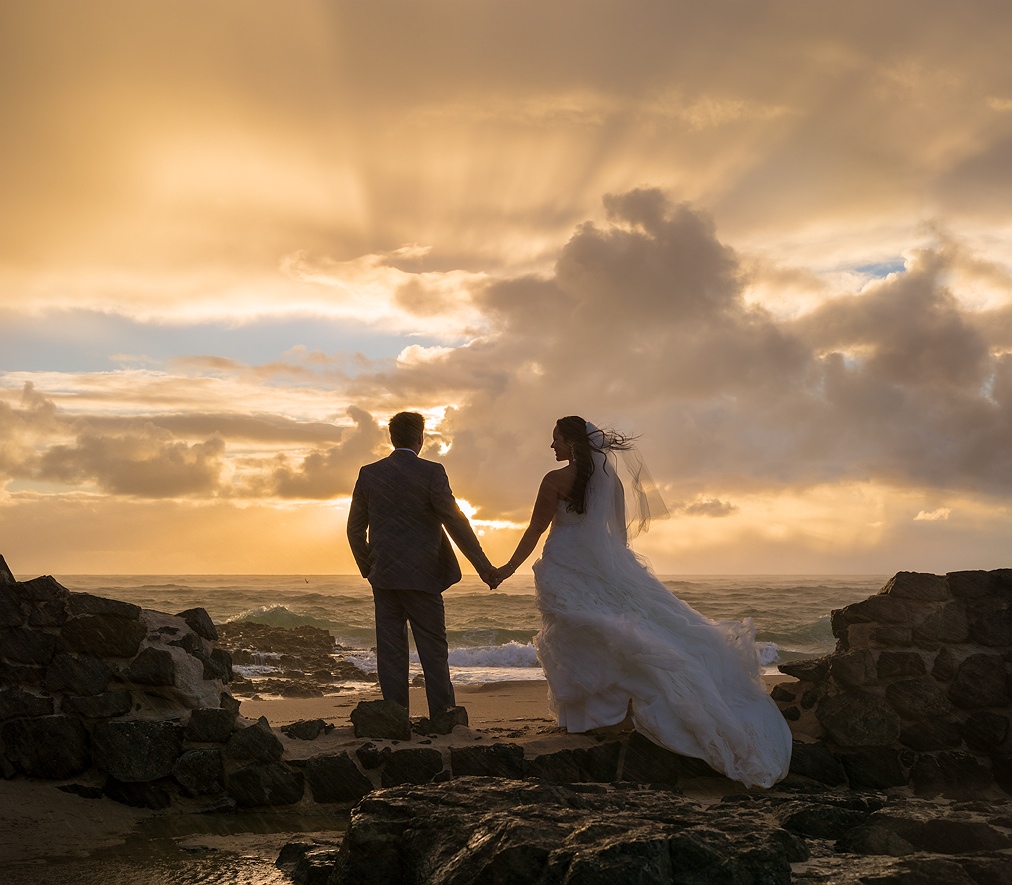
The camera and lens resist the elements with determination. While shooting at the beach on a stormy day, a heavy downpour began just as the light from the sun had reached perfection. Instead of running for cover, I was able to continue shooting and the huge dynamic range meant I did not have to concern myself with all of the movement in the scene to capture the details from the brightest sky to the deepest recess of shadow in the wall.
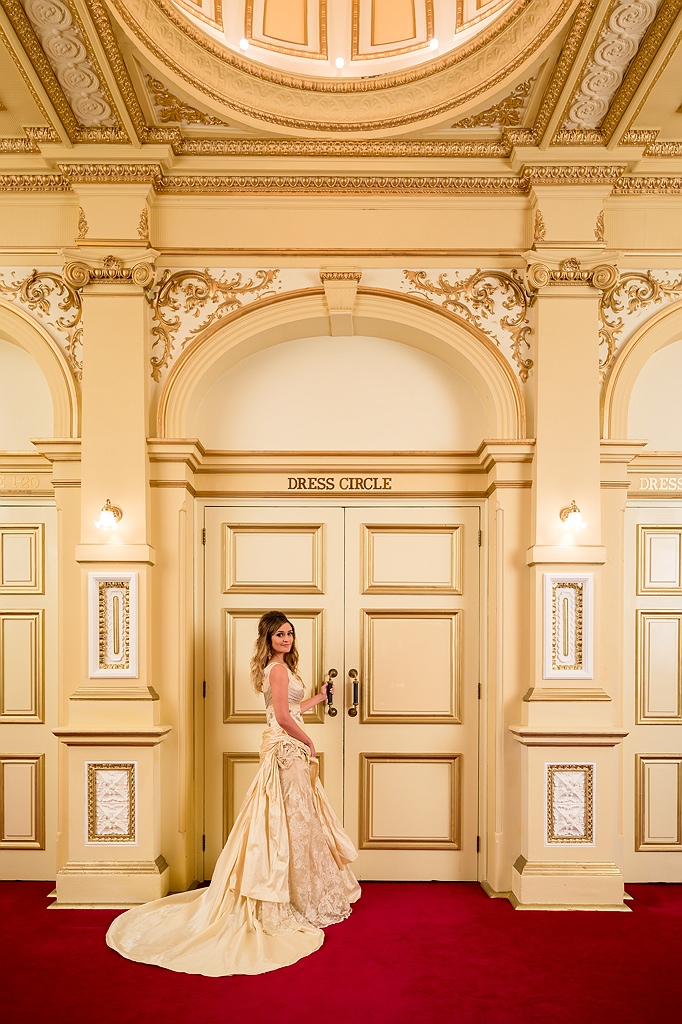
37.5 megapixels is a nice number. More than enough to print big, or if you know your print size is already a lot less then it is a lot of room for play. The photo above was shot on close to a 35 degree tilt which was then perspective corrected in PS resulting in a 28 megapixel image.
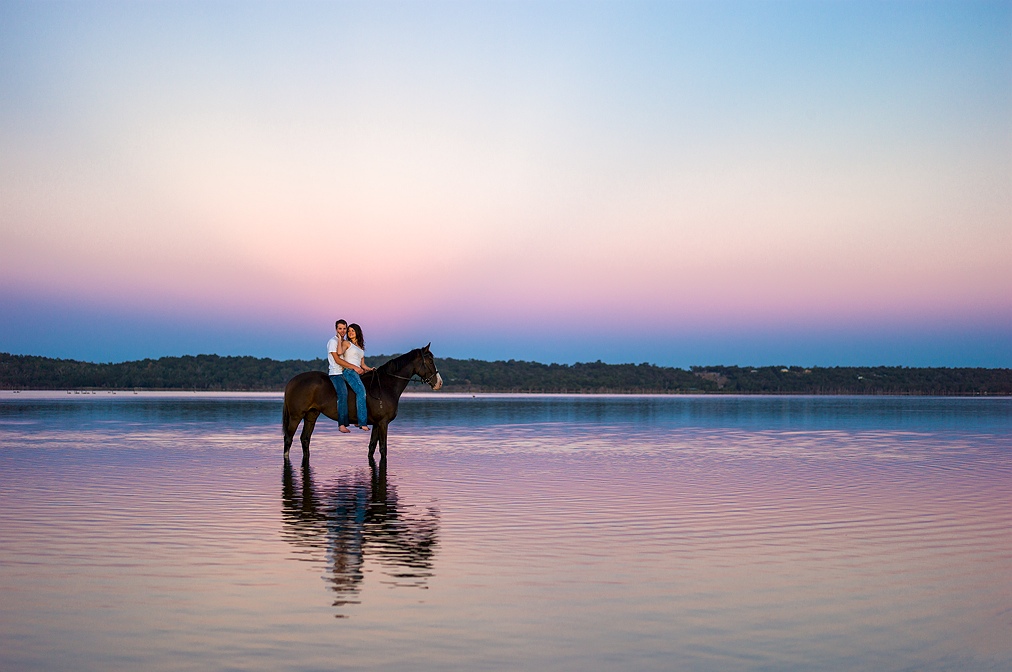
16-bit colour is exactly what is needed for pulling the most out of a smooth sky on an early morning. I can vividly remember the disappointment in seeing lesser cameras print badly rendered gradients in the sky. If I am going to get up before dawn and confront the freezing cold air, I expect the camera I am using to perform just as well.

Any Australian on-location portrait photographer knows how the battle with high contrast mid afternoon sun plays out. For me it is not a concern, one-shot, hand-held, easy-done.


